Resources
Many theological schools use short term travel as a way to foster interfaith education. Due to their experiential, holistic, and intense nature, travel seminars focused on the promotion of interfaith learning can shape a future religious leader's outlook on religious communities across the course of her entire career. In this article I explore the pedagogical dimensions of travel seminars as a tool for interfaith education through the lens of a travel seminar to Israel and the occupied Palestinian Territories.
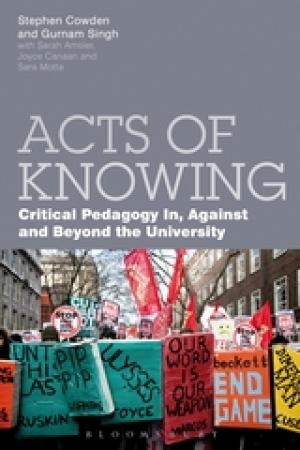
Click Here for Book Review Abstract: This provocative book's starting point is a deep and profound concern about the commodification of knowledge within the contemporary university. Acts of Knowing aims to provide readers with a means of understanding the issues from the perspective of Critical Pedagogy; an educational philosophy which believes that 'knowing' must be freed from the constraints of the financial and managerialist logics which dominate the contemporary university. Critical Pedagogy is important for three key reasons: it conceptualises pedagogy as a process of engagement between the teacher and taught; secondly that that engagement is based on an underlying humanistic view about human worth and value; and thirdly that the 'knowing' which can come out of this engagement needs to be understood essentially as exchange between people, rather than a financial exchange. Cowden and Singh argue that the conception of education as simply a means for securing economic returns for the individual and for the society's positioning in a global marketplace, represents a fundamentally impoverished conception of education, which impoverishes not just individuals, but society as a whole. (From the Publisher)
The course “Empowering Youth for Global Citizenship” seeks to equip students to teach global citizenship by engaging them in practices of ascetic withdrawal from consumer habits and active engagement in the public sphere. These goals underlie the design of the assignments, but should have also shaped the relationship between the assignments themselves. This article addresses the issue of course design in the service of empowering students for engagement in the public sphere by reflecting upon the course assignments, with emphasis on a project that worked well, and the implications this has for its relationship to the other course assignments, including one that missed the mark. The exploration of this misalignment between the learning goals and actual outcomes of the different assignments brings to light the unique role of learning communities of accountability and acceptance in deepening the impact of assignments aimed at personal transformation, as well as the rich dynamic that can come from coordinating course assignments to bring “head, heart, and hands” together.
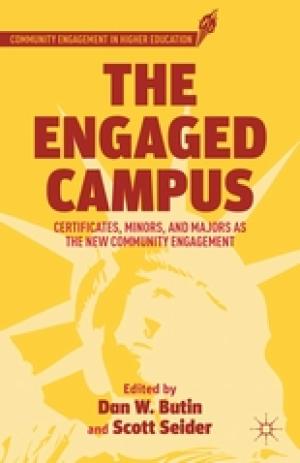
The Engaged Campus offers a set of emerging best practices and articulation of critical issues for faculty and administrators committed to developing, strengthening, or expanding majors or minors in community engagement at their respective institutions. (From the Publisher)
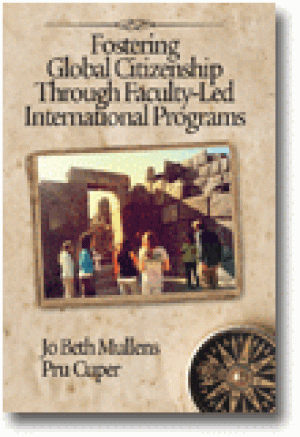
With awareness of both the opportunities and challenges presented by globalization, there is a growing trend among colleges and universities across the country to commit goals and resources to the concept of internationalizing their campuses. This can occur in a number of different ways but a common thread involves exploring the concept of global citizenship and finding ways to embed this concept in undergraduate curricula. For faculty, this may call for moving out of a presumed comfort zone in the traditional classroom and determining new approaches to teaching a generation of students who will live and work in a more global context. A method for accomplishing this work that is growing in popularity involves offering short-term, faculty-led field courses to international settings. In fact, today more college students are participating in such short-term study abroad opportunities than the more traditional semester and/or yearlong programs. Faculty and administrators who want to capitalize on short-term, study abroad programs as a means for internationalizing their campuses need practical resources to help them realize this challenging but important goal. They not only need support in developing the course curricula and logistics, but also in constructing authentic means for assessing the multi-faceted learning that occurs. Short-term international programs, when carefully planned and executed, engage the participants (both students and faculty) in unique learning experiences that can involve service, research, and critical analysis of what it truly means to be a global citizen. Such work helps define the somewhat nebulous but worthy goals of internationalizing campuses and fostering global citizenship. The authors of this text are professional educators with deep experience in global education and curriculum development. They offer a valuable resource for the development, execution and assessment of faculty-led international field courses that is at once theoretical, practical and motivational. Whether readers are considering offering an international field program for the first time and need guidance; are veteran field course leaders who would like to take their work to the next level; or are administrators attempting to encourage and provide needed support for faculty-led international programs, this book will prove invaluable. (From the Publisher)
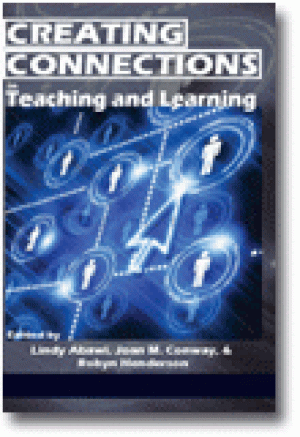
This book explores the wide range of contexts in which research into creating connections in learning and teaching may take place. Creating connections can encompass making links, crossing divides, forming relationships, building frameworks, and generating new knowledge. The cognitive, cultural, social, emotional and/or physical aspects of understanding, meaning-making, motivating, acting, researching, and evaluating are explored as constituent forms of creativity in relation to such connections. From this exploration the authors identify varied connective contexts and means which include the learner, the educator, the organisation, and the relevant community. The crossing of divides, forming learner-educator relationships, bringing together diverse groups of learners, establishing networks and partnerships among educators, and establishing links between organisations and communities are all considered as connections which can be created by and within the learning and teaching dynamic. By examining the factors which help to facilitate and/or restrict the possibilities for creating connections in educational contexts, implications for and outcomes of learning and/or teaching arise from the connections created. The final chapter of this book will explicate the realisations that have emerged for educators and researchers working to create connections. These offer suggestions for future directions and enunciate what and how connections might contribute to both educational institutions and the broader society. (From the Publisher)
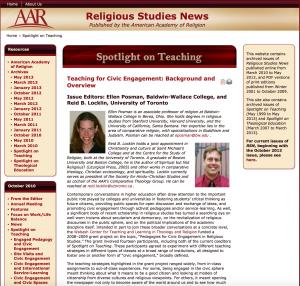
Journal Issue. Full text is available online.
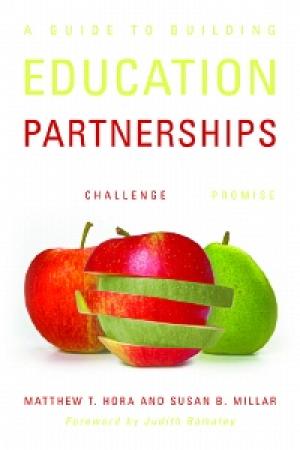
Education partnerships are central to – and often a requirement of – most education reform initiatives promoted by state and local governments, by foundations, and by business funders. Many fail for failure to understand the dynamics of their complex relationships. This book provides insights and guidance to enable prospective and existing education partners to develop answers to the questions that are critical to success: Why engage in this partnership? How can you communicate the potential benefits of partnership to motivate teachers, faculty, administrators, and community members? How do you select the best organizational structure and procedures for a partnership? How can you maintain open, deliberative discussion while respecting different histories and cultures? How can you produce compelling evidence that the partnership is worthwhile? Based on their observation of a five-year-long publicly funded partnership, research data, and the literature, the authors identify the principles that they consider critical to answering these questions. The authors do not minimize the differences and complexities inherent in partnership work, because they believe that doing so would be to present coherence and homogeneity where none exists. Instead, they seek to make evident how these principles underlie many different partnership situations. Thus, rather than presenting a package of best practices, or a cookie-cutter approach, this book presents the organizational principles for planning and implementing education partnerships, along with sets of strategies for working through them. The authors present the diagnostic tools for undertaking a deliberate and research-based approach to planning, designing, and managing a partnership. By surfacing participants’ often-differing motivations, and the practices and assumptions they bring to the table, the book provides the foundation for developing a constructive relationship. In scope, the book extends beyond school-university partnerships to include schools’ collaboration with state and local governments, nonprofit organizations, and the business sector. (From the Publisher)
Christian educators make use of the various approaches to experiential learning in their classrooms, in their institutions as a whole, and in their field-based assignments for students. This article introduces the reader to the foundational issues of experiential learning, including definitions, theoretical roots, experiential learning models, and unique processes related to experiential learning.